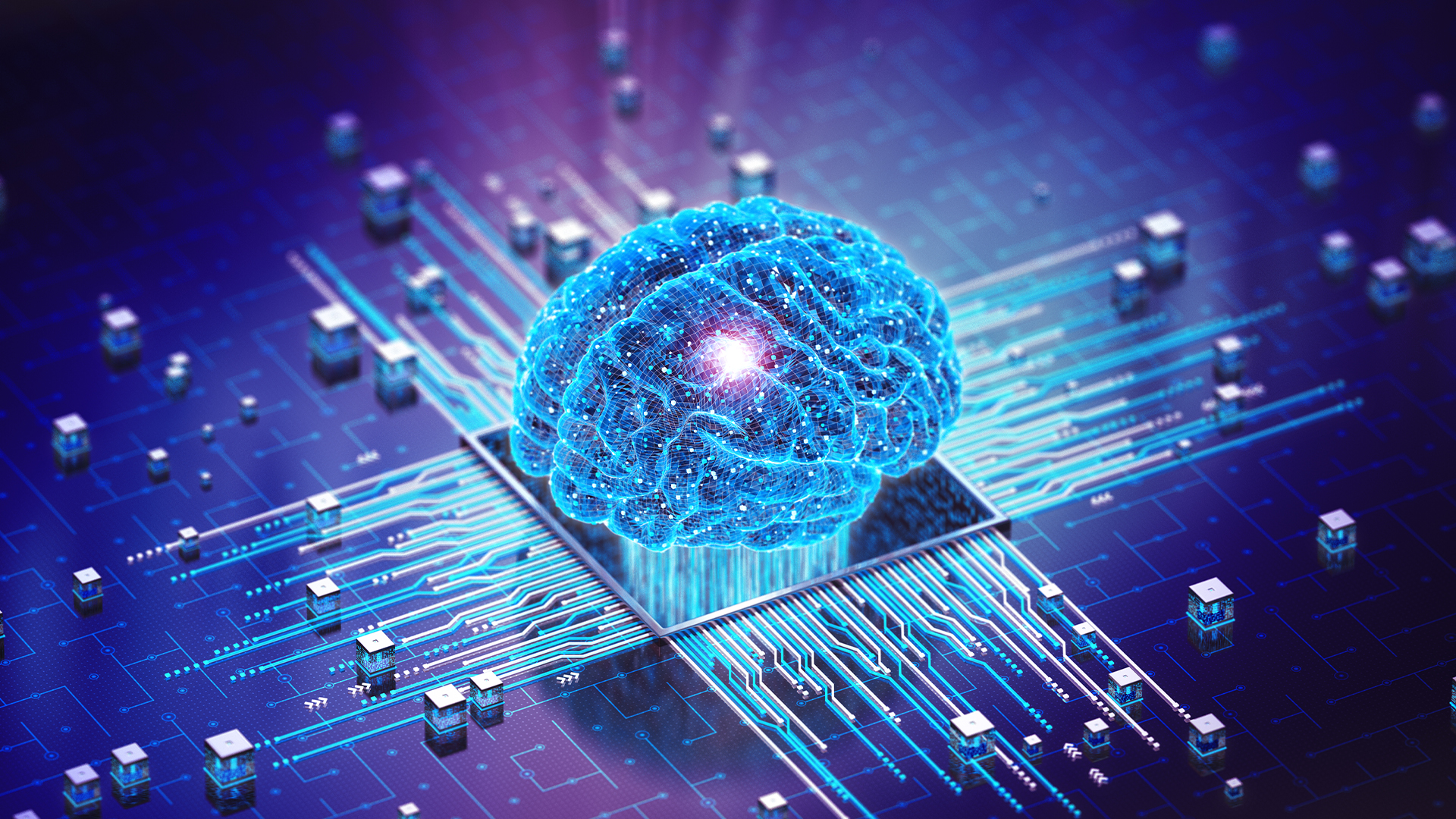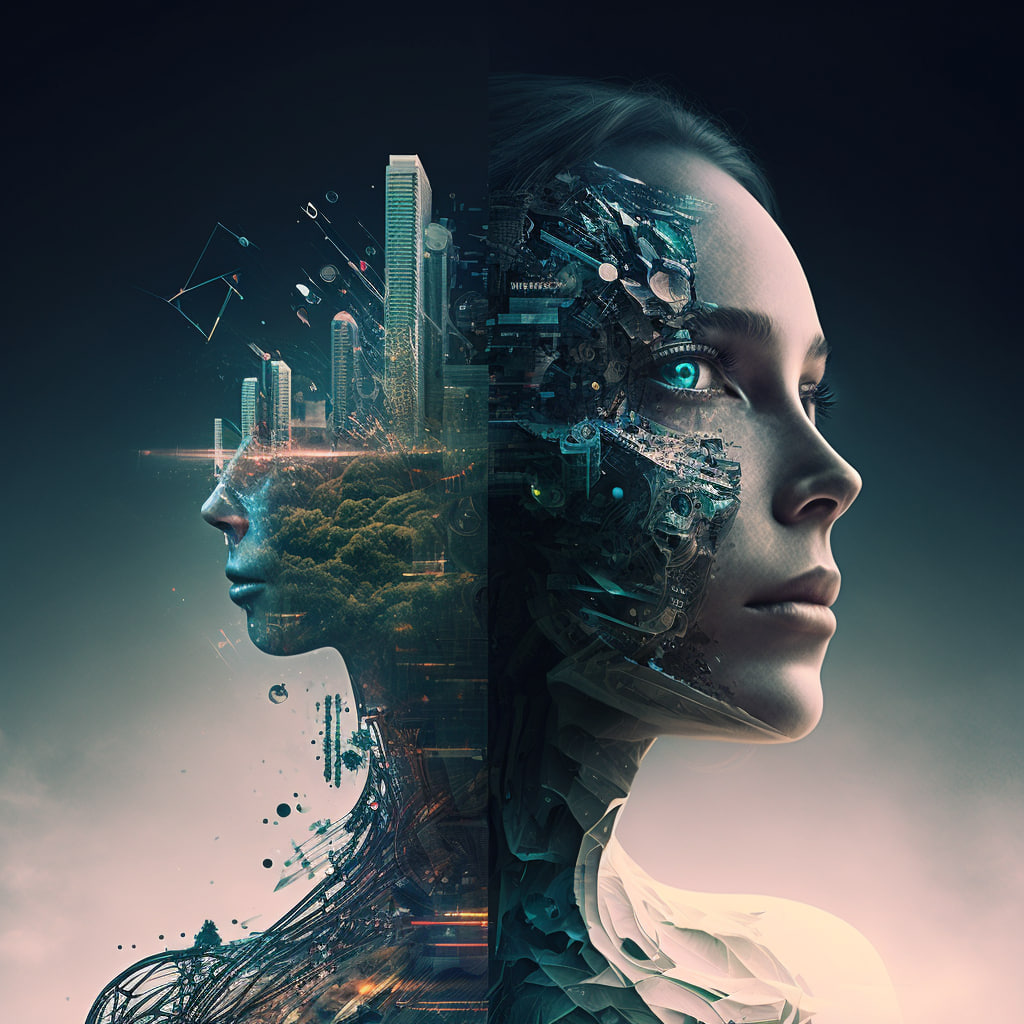The Evolution of Artificial Intelligence: From Concept to Everyday Life

Artificial Intelligence (AI) has long captured the imagination of scientists, science fiction writers, and technologists. Once a theoretical pursuit confined to academic circles, AI is now deeply integrated into the fabric of modern life. From voice assistants like Siri and Alexa to predictive algorithms in healthcare and finance, AI technologies are changing the way we live, work, and interact with the world.
In this article, we will explore the history, evolution, types, real-world applications, ethical implications, and future trends of AI. Whether you’re a tech enthusiast or a business owner trying to adapt, understanding the trajectory of AI is essential for navigating the digital age.
1. A Brief History of Artificial Intelligence
The concept of machines that can think dates back thousands of years. The ancient Greeks imagined intelligent automatons, while philosophers pondered the nature of human cognition. However, modern AI began in the 20th century with several key milestones:
- 1950s: Alan Turing proposed the idea of a machine that could simulate any form of human intelligence. His famous “Turing Test” became a benchmark for assessing machine intelligence.
- 1956: The term “Artificial Intelligence” was coined at the Dartmouth Conference by John McCarthy, Marvin Minsky, and others.
- 1970s–80s: AI entered a period known as the “AI Winter” due to high expectations and slow progress. Funding and interest dwindled.
- 1997: IBM’s Deep Blue defeated world chess champion Garry Kasparov, marking a major breakthrough in machine intelligence.
- 2012: The rise of deep learning and neural networks, fueled by big data and GPUs, led to significant advances in speech, image, and language processing.
2. Types of Artificial Intelligence
AI is broadly categorized into three types based on capabilities:
1. Narrow AI (Weak AI)
This type of AI is designed for a specific task, such as facial recognition, translation, or playing chess. Most AI systems in use today fall into this category.
2. General AI (Strong AI)
General AI would perform any intellectual task that a human can do. It remains theoretical but is a goal for many AI researchers.
3. Superintelligent AI
Superintelligence refers to a machine that surpasses human intelligence across all fields. This remains speculative and is the subject of debate in the AI ethics community.
3. Core Technologies Behind AI
AI integrates various technologies and subfields, including:
- Machine Learning (ML): Algorithms that allow computers to learn from data and improve over time.
- Deep Learning: A subset of ML using neural networks with many layers, enabling complex tasks like language translation and image recognition.
- Natural Language Processing (NLP): Enables machines to understand and generate human language.
- Computer Vision: Allows machines to interpret visual information from the world.
- Reinforcement Learning: A type of learning where an AI agent learns by interacting with its environment and receiving feedback.
4. Real-World Applications of AI
Healthcare
AI is revolutionizing healthcare by assisting in diagnostics, drug discovery, personalized treatment plans, and hospital operations. Tools like IBM Watson and Google’s DeepMind have demonstrated AI’s ability to identify diseases such as cancer with remarkable accuracy.
Finance
From algorithmic trading and fraud detection to customer service chatbots, AI is enhancing both the efficiency and security of financial services. Robo-advisors like Betterment and Wealthfront use AI to create customized investment portfolios.
Transportation
Autonomous vehicles, traffic management systems, and predictive maintenance are all powered by AI. Companies like Tesla, Waymo, and Uber are leading the push toward self-driving technology.
Retail and E-Commerce
AI helps retailers by analyzing customer behavior, optimizing inventory, providing personalized recommendations, and automating customer support through chatbots.
Education
AI is used to tailor learning experiences, automate grading, and identify students at risk of falling behind.





